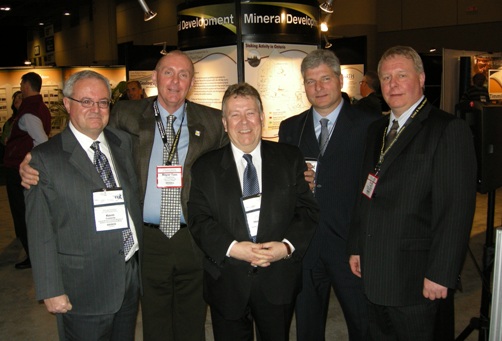This column was originally published in the Sudbury Star on October 31, 2003
And turn Laurentian University into the Harvard of the mining sector
Every successful high-technology cluster around the world is anchored by a large engineering school with well funded research programs. This connection supports the cluster businesses to create and apply new technologies and to successfully compete internationally.
In most technology clusters, many of the start-up firms are spun-off of university research activities. The best example of this is California’s Silicon Valley, the premier high-technology centre in the world and it connection with Stanford University’s renowned engineering faculty.
President Hoover, who graduated as a mining engineer from Stanford, eloquently wrote in 1909, “To the engineer falls the work of creating from the dry bones of the scientific fact the living body of industry. It is he whose intellect and direction bring to the world the comforts and necessities of daily need. … Engineering is the profession of creation and of construction, of simulation of human effort and accomplishment.”
The technology related sectors of science, math and engineering are the wealth creators of any society or country. It is the engineering schools of the world that produce innovative business people like Bill Gates of Microsoft and Steve Jobs of Apple Computer. With this wealth creation societies are able to afford health care, education, social programs and high quality infrastructure.

























